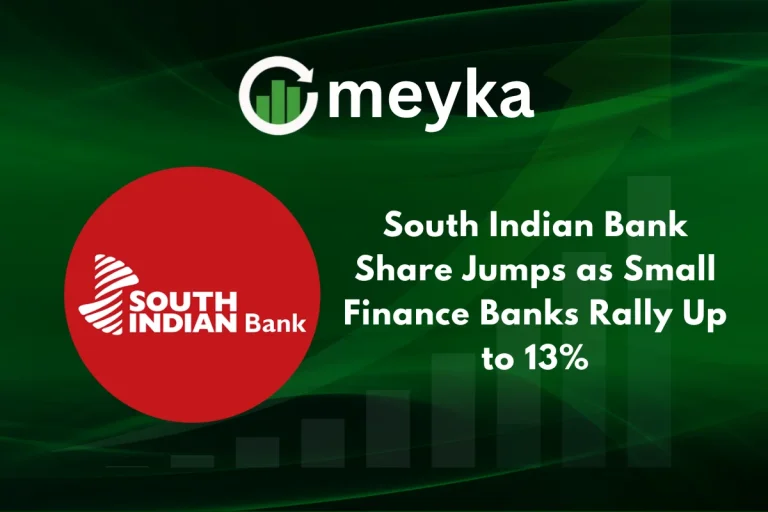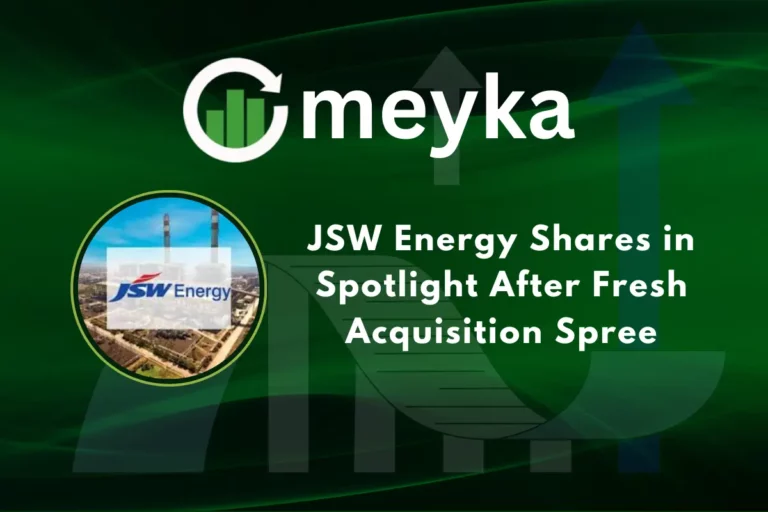Saudi Aramco Q3 FY25 Results: $26.9 Billion Profit Decline Reflects Softer Oil Market
We begin with a key fact: Saudi Aramco reported a net profit of US $26.94 billion in the third quarter ended September 30, 2025. That figure marks a decline from the same period last year. The drop shows that the global oil market is facing headwinds. We’ll walk through the numbers. We’ll explore what caused this decline. We’ll look at how different business segments performed. Then we’ll consider what lies ahead for Aramco and for the sector.
Key Financial Highlights
- Net profit: ~SAR 101.02 billion (≈ US $26.94 billion) for Q3 FY25.
- Year-on-year (YoY) drop: about 2.3% compared with the same period a year earlier.
- Adjusted net profit: around US $28 billion.
- Production volume reported: ~13.3 million barrels of oil equivalent per day (mmboed) for the quarter.
- Dividend: The company still declared its base and performance-linked dividends as per its policy.
These numbers give us a baseline. Even though profit fell, the company remains highly profitable in absolute terms.
What Drove the Profit Decline?
Several factors pulled the profit downward:
- Lower crude-oil and product prices: Revenues suffered because oil markets were weaker.
- Soft refining and chemical margins: Downstream units face weaker demand and tighter margins.
- Volume & production issues: While production increased marginally, global demand remains uncertain.
- Global economic headwinds: Slowing growth in major economies weighed on oil demand.
- Currency, cost & operational pressures: Though not always spelled out in detail, these are typical in such environments.
In short, We see what we call a classic “oil-cycle pressure” scenario, good production, but weak prices and margins.
Oil Market Trends Impacting Aramco
As we look at the broader market:
- Global demand growth has slowed. Some of the big consumers are showing weaker-than-expected activity.
- Oil supply is under pressure from shifts in the OPEC+ alliance’s production policy. For example, OPEC+ has begun unwinding some voluntary cuts.
- The benchmark Brent crude and WTI prices have fallen toward recent lows.
- Meanwhile, the energy transition (renewables, electric vehicles, alternative fuels) is gradually reshaping long-term demand expectations.
For Aramco, this means working in a more complex market, higher volatility, tougher margins, and more strategic risks.
Segment-Wise Performance Review
Let’s break down how Aramco’s major segments fared:
- Upstream (exploration/production): Production volumes hit ~13.3 mmboed. But weak oil prices limited the upside.
- Downstream (refining & chemicals): Refining margins remained under strain. Lower product prices hurt overall profitability. (For example, Aramco reported a 15 % drop in Q3 2024 for reference.)
- Gas & associated liquids: Aramco signalled plans to expand gas production, especially in unconventional fields.
- International ventures: While we do not have full details for Q3 here, Aramco’s global footprint means it also faces variable external conditions.
In sum, while upstream kept solid volume, the price and margin side weighed on overall segment performance.
Strategic Initiatives During the Quarter
Even amid headwinds, Aramco is pushing forward with its strategy:
- For example, it raised its 2030 sales-gas production capacity target to ~80% above 2021 levels.
- It is investing in clean-energy and low-carbon projects as part of Saudi Arabia’s broader Saudi Vision 2030 agenda.
- Operational efficiency and cost discipline are likely front of mind, even if not always detailed in the announcement.
These efforts signal that we’re dealing with a company thinking long-term, not just reacting to the current slump.
Market Reaction
- After Aramco’s Q3 result announcement, the reaction was mixed: Profit fell, but the adjusted figure beat analyst estimates.
- Investors are watching how Aramco balances dividend policy, investment, and the pressure of a weaker market.
- Analysts are cautious: While the company remains strong, external risks and low price environments limit major upside for now.
The takeaway? Aramco remains a must-watch, but the market environment means we as investors (or observers) should temper expectations.
Future Outlook
What lies ahead for Aramco and the oil sector?
- For Q4 and FY26: Expectations are cautious. Some analysts expect revenue and profits to face further pressure from lower oil prices.
- Oil price outlook: While there is potential upside if supply is constrained, the baseline remains uncertain given economic and demand risks.
- Long-term strategy: Aramco’s diversification and gas-growth plans will play a key role in how it navigates down-cycles and builds resilience.
- Key risks: A global recession, further production increases, weaker refining margins, and policy shifts (e.g., climate regulation) could all hit performance.
In short: The long-term view remains positive for a company of Aramco’s scale, but the next 12–18 months may be bumpy.
Conclusion
We’ve walked through the headline figure: ~$26.9 billion in net profit for Q3 FY25, a decline but still a very strong result in absolute terms. The drop stems from weak oil prices, tighter margins, and a challenging external market. Yet, Aramco remains a global energy heavyweight. Its production strength, strategic investments in gas and new energies, and strong dividend pedigree mean it is far from operating in panic mode. Going forward, the key will be how well it adapts to a market with more headwinds and less fat margins. For now, even in a weaker oil market, Aramco stands resilient, but we should watch closely how it transitions from strength during boom times to resilience during downcycles.
FAQS
In Q3, Saudi Aramco earned about US $26.94 billion in net profit.
Saudi Arabia is running a fiscal deficit, about $9.21 billion in Q2 as lower oil revenue hits.
The CEO (and President) of Saudi Aramco is Amin H. Nasser.
Disclaimer:
The content shared by Meyka AI PTY LTD is solely for research and informational purposes. Meyka is not a financial advisory service, and the information provided should not be considered investment or trading advice.






